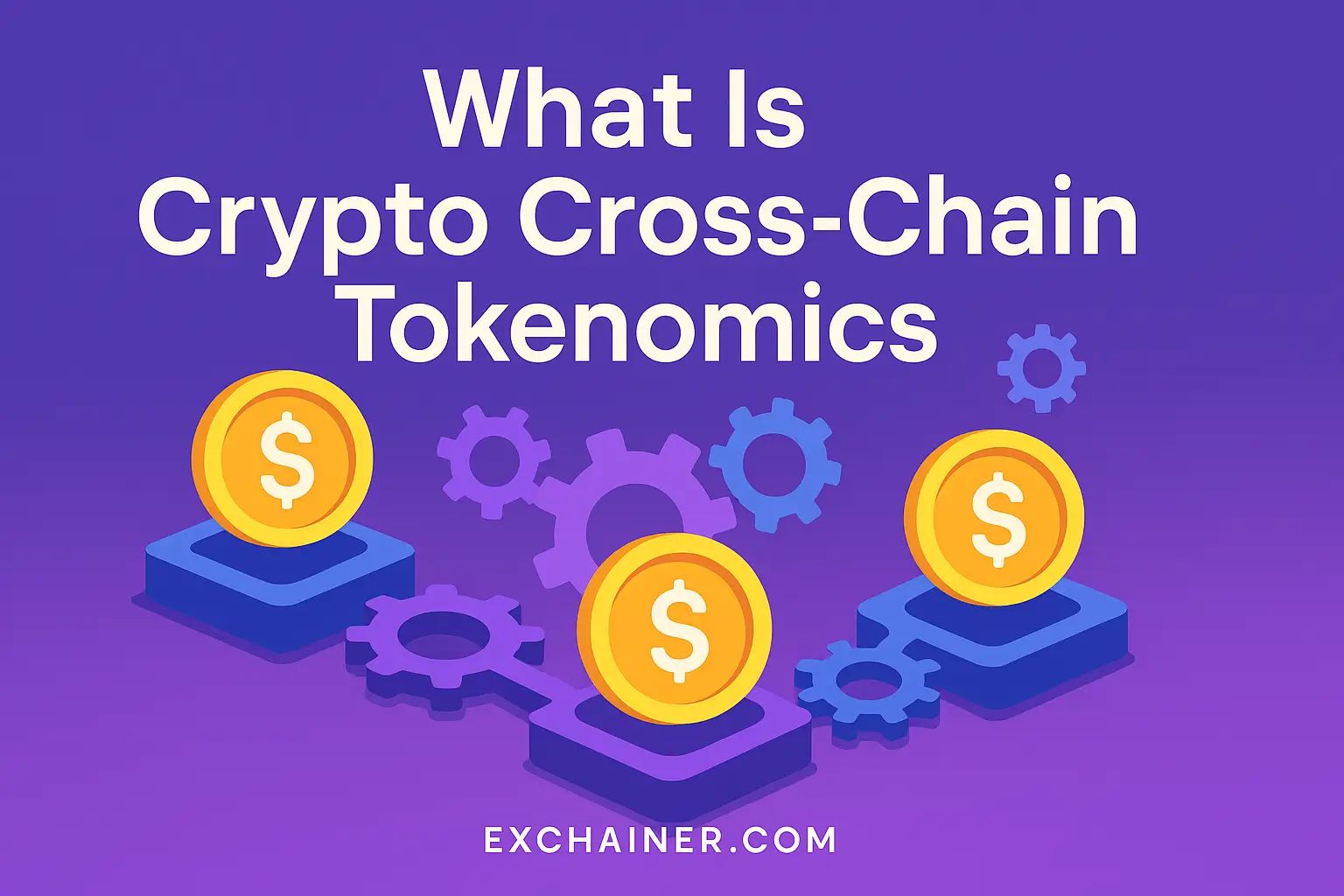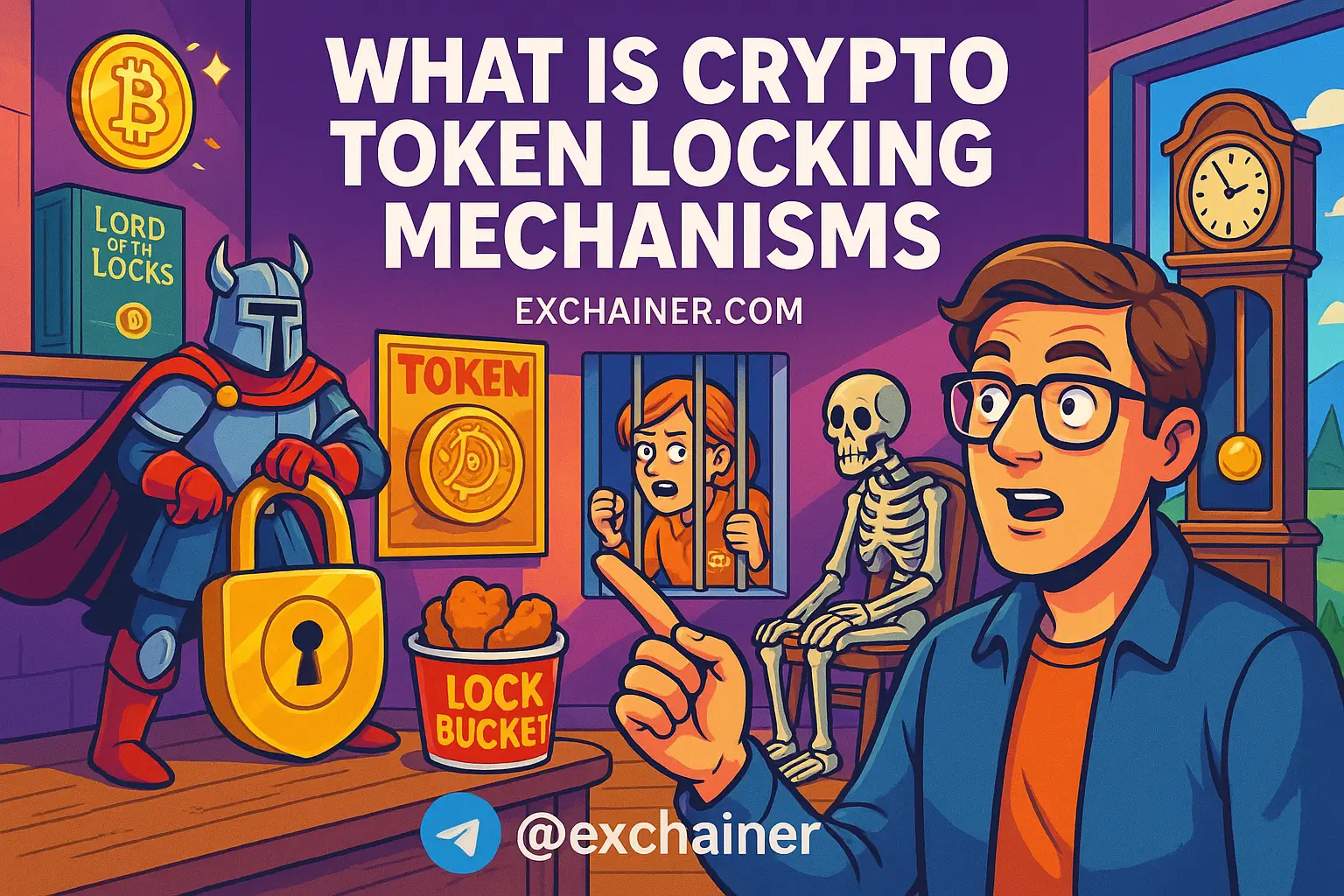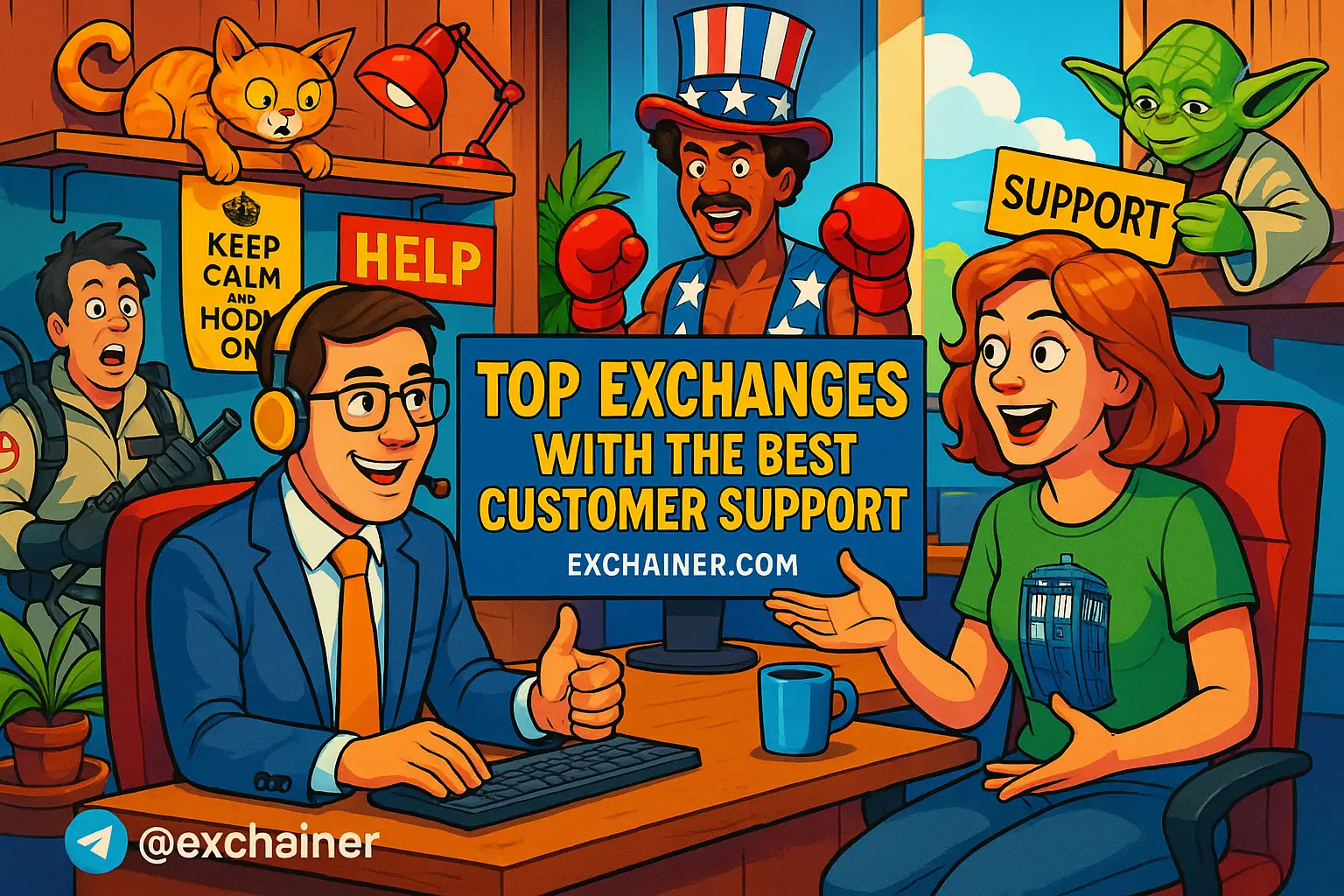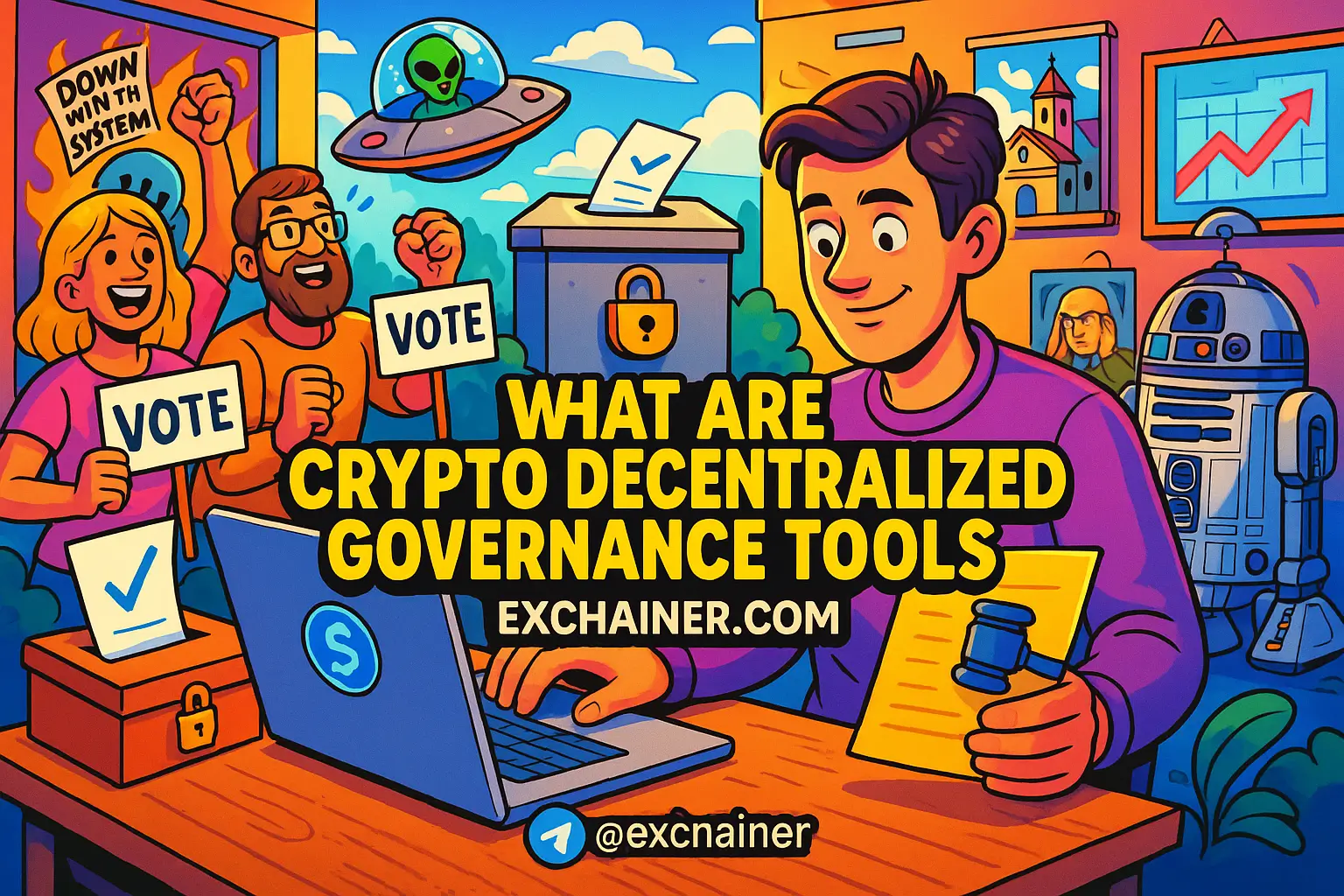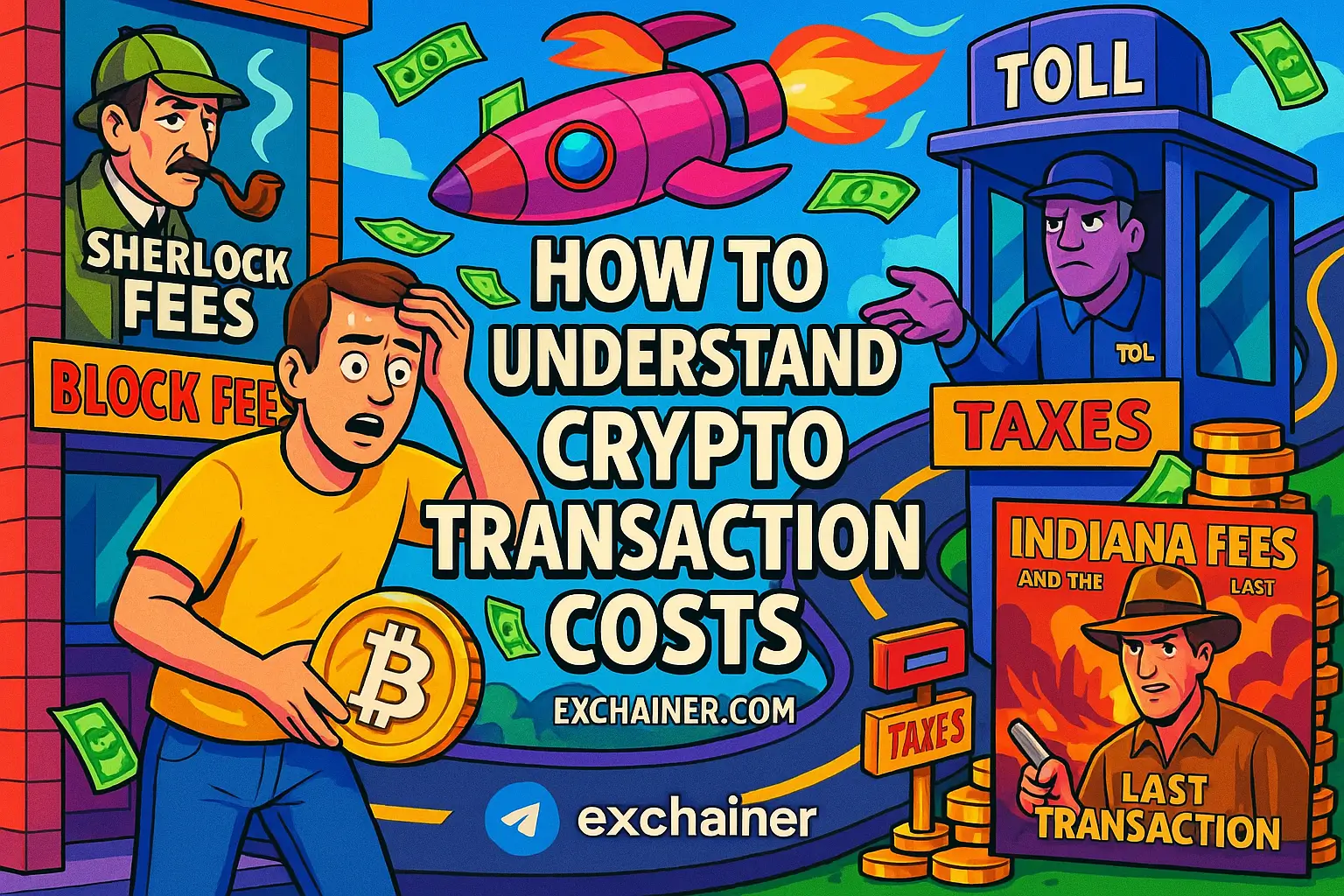Understanding the Basics of Cross-Chain Tokenomics
Friends, if you've been diving into the ever-expanding world of cryptocurrencies, you might have come across the buzz around cross-chain tokenomics. But what exactly does it mean, and why should you care? In the simplest terms, cross-chain tokenomics explores how digital assets behave and interact when they move across different blockchain networks. With the crypto universe growing rapidly, being able to transfer assets seamlessly from one chain to another is no longer a luxury – it’s becoming a necessity.
Imagine you have some tokens on Ethereum but want to use them on Binance Smart Chain or Solana. Without cross-chain technology, you’d be stuck or have to sell and buy anew, paying fees and risking slippage. Cross-chain tokenomics comes in to solve this by enabling interoperability between blockchains, making the crypto space more connected and efficient. Understanding this concept is crucial whether you’re a trader, a developer, or just a curious learner wanting to expand your crypto knowledge.
In this beginner-friendly guide, we’ll unpack what cross-chain tokenomics means, how it works, the benefits it brings, and what challenges it faces. We’ll also explore practical examples and tips to help you navigate this fascinating area. Cryptocurrencies are more than just digital money; they are ecosystems interacting in complex ways. So let's dive in and understand how cross-chain tokenomics is shaping the future of digital finance.
What Is Cross-Chain Tokenomics? A Clear Explanation
Cross-chain tokenomics refers to the economic mechanisms and design principles that govern how tokens behave when they move between different blockchains. Traditional blockchain networks operate somewhat like isolated islands – each with its own rules, currencies, and protocols. Cross-chain solutions break down these walls by creating bridges or layers that allow tokens to transfer or operate across multiple blockchains seamlessly.
Why is this important? Because it enables greater liquidity, supports diverse decentralized applications (dApps), and fosters a more interconnected crypto market. For instance, if you’re a user holding tokens on Ethereum but want to harness features on a different network like Polygon or Avalanche, cross-chain bridges facilitate this interaction without needing to cash out or undergo complicated processes.
At its core, tokenomics studies how tokens are issued, distributed, valued, and used within networks. When we say "cross-chain tokenomics," we focus on these dynamics across different blockchains. Think of it as the economic rules that govern token behavior in a multi-chain world. This includes transaction fees, token burning or minting during swaps, liquidity incentives, governance models, and even token staking that spans chains.
How Cross-Chain Tokenomics Works: Technical and Economic Perspectives
You might wonder, how are tokens actually transferred between blockchains? Let's explore a few popular technical methods before zooming in on the economic factors.
Cross-Chain Bridges
These are the pipelines that connect two blockchains. For example, when you move Binance Coin (BNB) from Binance Chain to Binance Smart Chain, a bridge locks your tokens on the original chain and mints equivalent tokens on the destination chain. This process creates what's called a "wrapped token." Wrapped tokens represent the original token but live on a different blockchain.
Layer 0 Protocols
These protocols, like Polkadot and Cosmos, build frameworks that enable multiple blockchains to communicate natively. Instead of locking and minting tokens, they facilitate cross-chain token transfers at the protocol level, opening the door for smoother interoperability.
Sidechains and State Channels
Sidechains are separate blockchains linked to a parent chain, allowing token movement and scalable operations. State channels allow off-chain transactions to reduce on-chain activity, indirectly supporting cross-chain usage.
Economically speaking, the tokenomics come into play when you think about incentives, supply control, and value retention during cross-chain transfers. Example: if tokens are burned on the source chain and minted on the target chain, it avoids inflation. Token bridges also employ fees to cover operational costs, and mechanisms are put in place to discourage malicious activities like double spending or fraud.
Benefits of Cross-Chain Tokenomics for Users and the Crypto Ecosystem
Cross-chain tokenomics isn’t just technical jargon – it directly impacts your crypto trading and investing experience. Here are some of the tangible benefits:
Improved Liquidity – By allowing tokens to move freely across blockchains, liquidity pools become more diverse and accessible. This means you can trade assets more efficiently without being locked into a single ecosystem.
Access to More Features and Services – Different blockchains offer unique functionalities, such as lower fees, faster transactions, or specialized dApps. Cross-chain allows users to leverage the best of all worlds.
Greater Security and Risk Diversification – Spreading tokens across multiple chains reduces dependency on one network’s stability or security.
Enhanced User Experience – No more juggling multiple wallets or swapping tokens manually; cross-chain bridges and protocols streamline interactions.
A practical example: imagine a DeFi enthusiast who holds tokens on Ethereum but wants to participate in a promising Solana-based project with lower fees and faster confirmations. Thanks to cross-chain tokenomics, they can bridge their tokens without hassle, maximizing opportunities.
Common Challenges and Risks in Cross-Chain Tokenomics
While promising, cross-chain tokenomics is not without hurdles. Let's look at some issues to stay aware of:
Security Vulnerabilities – Bridges have been targets for hacks resulting in millions lost. The locking and minting process can expose tokens to smart contract bugs or exploits.
Complexity and User Error – Beginners may find it confusing to execute cross-chain transactions, increasing the risk of mistakes like sending tokens to the wrong address.
Centralization Risks – Some bridges use validators or custodians, which might undermine decentralization principles.
Latency and Fees – Moving tokens across chains can take longer and incur fees that reduce profitability for small traders.
Developers are continuously working on innovative solutions to mitigate these risks, such as decentralizing bridge validators and implementing robust security audits.
Tips for Navigating Cross-Chain Tokenomics Safely
-
Use well-vetted, popular bridges like those from Polkadot or Cosmos.
-
Double-check recipient addresses and amounts.
-
Start with small transactions to test new bridges.
-
Stay updated with community news and security bulletins.
-
Use secure wallets that support cross-chain features.
Future Outlook: The Role of Cross-Chain Tokenomics in Crypto’s Evolution
The next wave of blockchain innovation will rely heavily on seamless interoperability. Cross-chain tokenomics is foundational to creating a decentralized, inclusive, and efficient web3 ecosystem. As more blockchain networks emerge, tokenomics models will evolve to support coexistence and cooperation instead of competition.
Experts predict that by 2025, multi-chain wallets and exchanges will become the norm, powered by advanced cross-chain protocols. New economic incentives will reward users who participate in bridging activities, staking, and governance across chains.
In the words of Vitalik Buterin, Ethereum’s co-founder: "The future of crypto is multichain.” Understanding cross-chain tokenomics today means you’ll be ahead of the curve in the coming decentralized revolution.
Conclusion
Cross-chain tokenomics is not just a fancy phrase — it reflects a fundamental shift in how cryptocurrencies interact and evolve. By bridging the divide between isolated blockchains, it opens up countless possibilities for users and developers alike, offering more liquidity, flexibility, and innovation. As you continue your crypto journey, mastering the concepts and practicalities of cross-chain tokenomics can give you a significant advantage.
Remember to approach cross-chain transactions cautiously, prioritize security, and leverage trusted tools. The crypto space moves fast, and being informed helps you make smarter decisions.
If you’re ready to dive deeper, explore our beginner guides and helpful resources to build your foundational knowledge. Feel free to visit Crypto 101 for more educational content, check out expert opinions and platform reviews at Exchange Reviews, or find recommended wallets and tools on our Tools and Wallets page.
Cross-chain tokenomics is the key to unlocking crypto’s full potential – so why wait? Start exploring today and watch your crypto knowledge and portfolio grow.
References:
- For detailed stats and token market caps, visit CoinMarketCap.
- Learn more about Polkadot and Cosmos protocols at their official sites: Polkadot and Cosmos.

